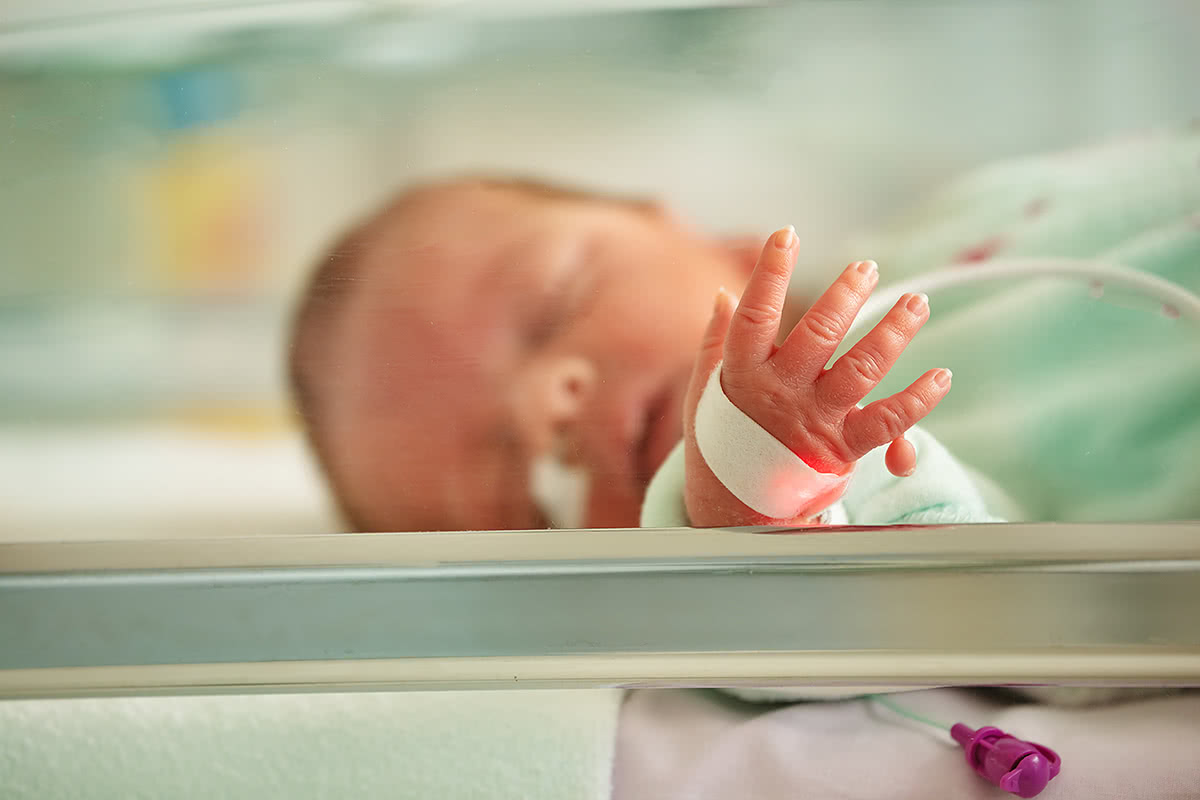Introduction
Congenital hand differences are conditions of the hand which are present at birth. About one in 500 children is born with some form of difference, which can become a challenge as the child grows and begins to develop fine motor skills. The difference may vary from a minor disproportion in the digits to complete absence of the hand.

Causes
During embryo development, the upper limb is formed between 4 to 8 weeks after the fertilization of the egg. An arm bud is formed in the fourth week, after which, several steps follow to develop the arm. Variation in any of these steps can result in congenital hand difference. Some hand differences are part of a syndrome or association and they can have an underlying genetic cause.
Spectrum of hand difference
There is a range of conditions covered by congenital hand difference. There can be extra digits or missing digits. The fingers can be joined together (syndactyly) or have joint contractures (camptodactyly or arthrogryposis). Fingers and thumbs can be underdeveloped or very overgrown compared to the child’s other hand. The wide range of conditions and their rarity means congenital hand difference is best managed by hand surgeons with specialist training and experience. Dr Stewart is part of the congenital hand service at the Children’s Hospital Westmead and also sees children with hand difference in private practice.
